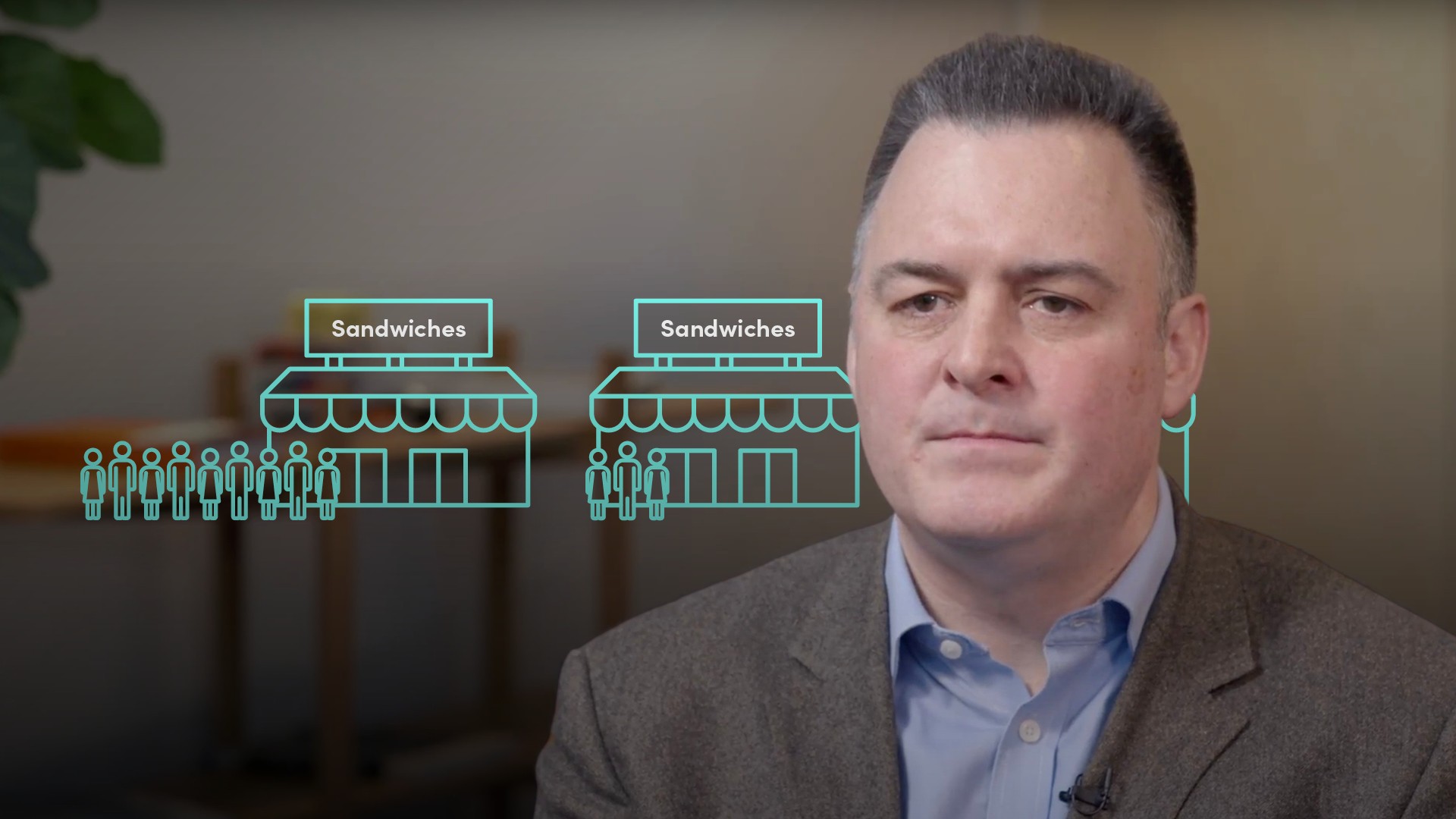
Heuristics, Cognitive Biases and Social Proof

Christian Hunt
25 years: Behavioural science & compliance
In this video, Christian builds on concepts covered in the previous video: the basics of how our brains work. Christian will look in more detail at some techniques that will allow us to better influence the decision-making of others and ourselves.
In this video, Christian builds on concepts covered in the previous video: the basics of how our brains work. Christian will look in more detail at some techniques that will allow us to better influence the decision-making of others and ourselves.

Heuristics, Cognitive Biases and Social Proof
19 mins 44 secs
Key learning objectives:
Define heuristics, cognitive biases and social proof
Identify examples of all the techniques above
Overview:
Individuals tend to utilise Behavioural Science techniques such as heuristics, social proof and cognitive biases to speed up decision-making processes, rather than having to analyse each situation in its entirety.
What are the Caveats to Behavioural Science techniques?
- Although how each of us thinks is similar, there are differences between cultures, societies and groups. For example, what is socially acceptable in one country may not be acceptable in another country
- The Behavioural Science (BeSci) techniques outlined below are nothing new, they are things you almost certainly intuitively know already. They are used in our day-to-day lives, often without us realising it
What are Heuristics?
A heuristic is a mental shortcut that allows us to solve a problem more quickly than if we had to think about it from scratch. By recognising the dynamics of a particular situation, our brains can come to quicker conclusions than if we analysed things in their entirety. E.g. when crossing a road, we’re not processing all the data that’s in front of us.What is an example of multiple heuristics being used at once?
Assume the following: You’re at work and hungry. You leave your office to buy a sandwich. The first place you come across has a long line, and thus, you walk on. The second place has no customers, and again, you walk ahead. The third place has a line that is much shorter, and thus, you choose to eat here.
Throughout this whole journey, the following heuristics were used:
- One that helped your brain decide that the best bet to find food quickly was to find a sandwich place
- Another that told it to walk away from the long line in the first place, as experience has taught that a long line is likely to mean a long wait. And there is a risk that by the time you’re served, they’ve run out of all the sandwich fillings you like
- Also, after avoiding the first place, another heuristic tells you that there are likely to be further sandwich places nearby
- You walk past the second place that has no customers as your brain uses a heuristic to suggest that buying food from places with no-one else there is a risky proposition: either they’ve sold out, there's a strong likelihood of food poisoning or the food is awful
- There’s a combination of heuristics that you decide that your urgent need to eat is best served by the third place. It has enough of a line to give you confidence that it's not a terrible choice from taste, price or quality, and you’re unlikely to wait too long
What is a cognitive bias?
A cognitive bias is an approach to decision making that uses shortcuts, heuristics, that have a predictable and repeated pattern of behaviour. For example, in the case of the sandwich journey, we end up with a “biased” view of the various sandwich places; sometimes that’s a good “bias”, in that we avoid bad places. However, sometimes it's a bad “bias”, in that we end up rejecting a good place for the wrong reasons.What is social proof, and what are some examples?
This is the idea that we subconsciously note what other people are doing. And unless we have a good reason not to, we follow their lead.
Examples of social proof policies being utilised are:
- Nightclubs
- Many of which artificially build a line outside the door. The reason it’s there, is that they want to send a subliminal signal that it’s a great club because there are lots of people waiting to get in. By implication, people wouldn’t wait to get in if the club was awful
- Restaurants
- They deliberately position customers near the window when the restaurant isn’t that full. The reason behind this is that, when people walk past, they realise lots of people are eating there, which subliminally tells them it is a good place to eat
- Shake Shack
- High-end burger joints like this, make the cooking and ordering process slightly longer than necessary so they can build a line. However, they’ll say it’s because the product is of high quality and takes time to cook. There is some truth in this
- Visiting overseas
- Going to local food spots makes a lot of sense as you’re far less likely to get ripped off, poisoned or have a terrible experience, and you’ll probably get a more authentic version of the food they serve
- Crossing roads
- When the lights are red, watching what others do or don’t do will give you a good sense of what is safe, and what is likely to avoid getting you in trouble with the law
What is negative social proof?
This is the idea that people might copy the undesirable behaviour of others.
Example - Arizona’s Petrified Forest National Park
In the early 2000s, they put up a sign to deter visitors from stealing petrified wood. The initial sign stated “Your heritage is being vandalised every day by theft losses of petrified wood of 14 tons a year, mostly a small piece at a time”. This method did not work.
A new approach was used whereby a picture of three visitors taking wood, accompanied by a sign read, “Many visitors have removed the petrified wood from the park, changing the natural state of the Forest”. With this, easily stealable samples were left lying around. The result was a 5x increase in stolen wood. The reason being, the sign contained negative social proof; it revealed what others were doing, making people more likely to copy the behaviour themselves.

Christian Hunt
There are no available Videos from "Christian Hunt"





















